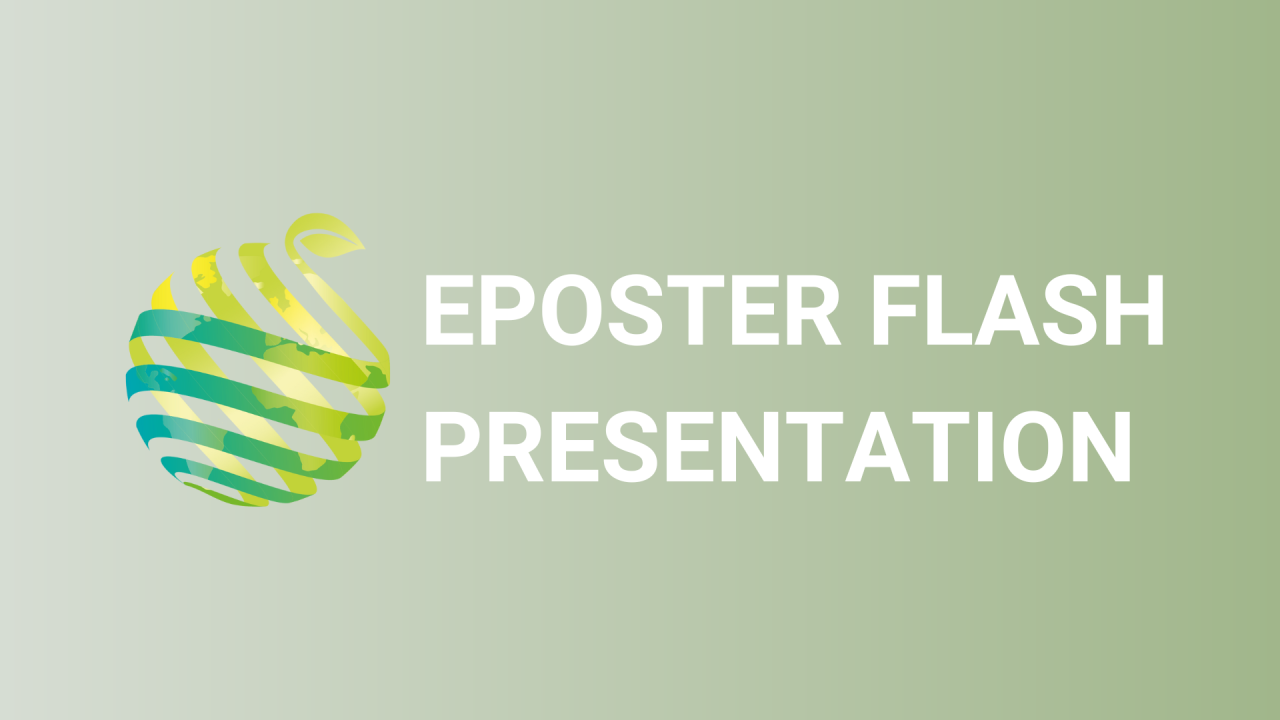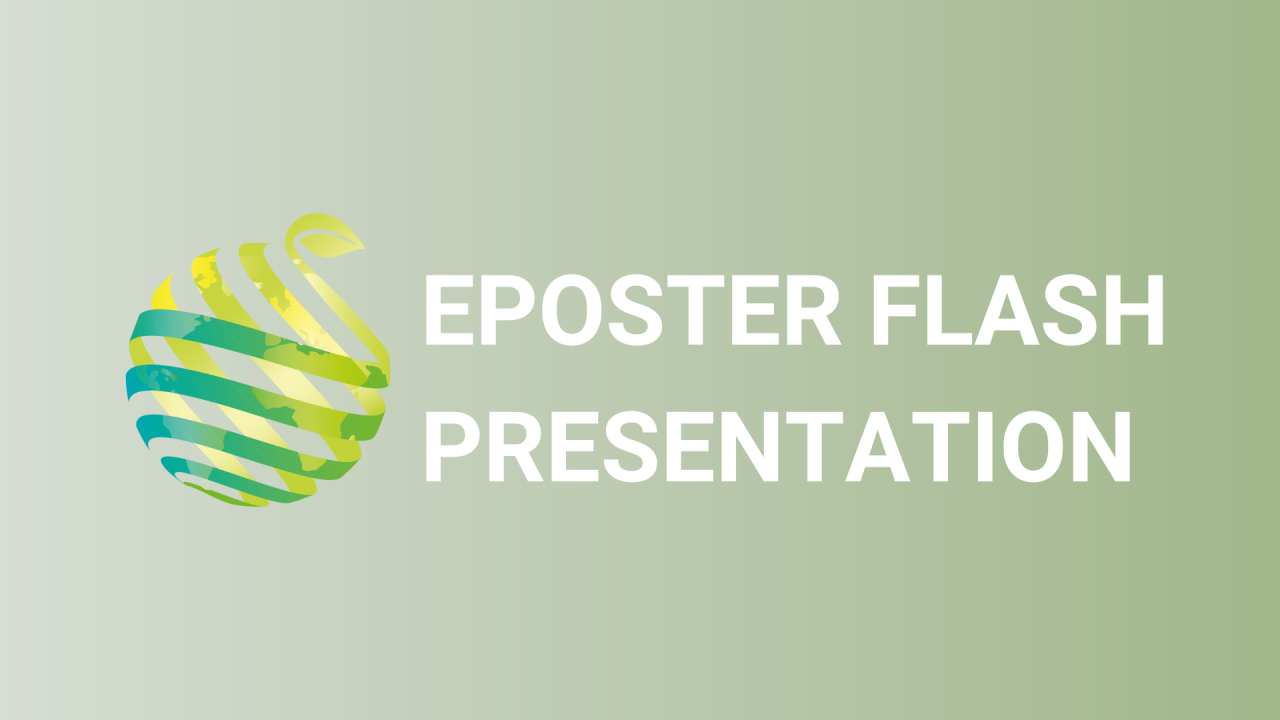

S01 - Session P6 - Carrot chloroplasts as a bioreactor for efficient avian influenza vaccine production
Information
Authors: Yi-Chen Su *, Yi-Yin Do, Pung-Ling Huang
Avian influenza is a threat of economically severe influence to poultry farms. Food crops as bioreactors for vaccine production provide several benefits, including low cost, low risk of contamination, and ready-to-eat, compared with traditional vaccine manufacturing processes. However, the low expression level of nucleus-transformed plants is an obstacle to plant-derived oral vaccine research. Transplastomic plants significantly improve the expression level of recombinant protein due to the high copy number of the chloroplast genome. In this study, we chose carrot ( Daucus carota ) chloroplasts as a bioreactor to produce hemaglutinin (HA), an avian influenza virus antigen protein. The adjuvant protein, heat-labile enterotoxin B subunit (LTB) gene, was linked to the HA gene and the codon optimized according to the codon usage bias of carrot chloroplast for high-level expression. The codon-optimized LTB-HA gene, selectable marker aadA , and reporter gene gfp were constructed between carrot chloroplast-specific sequences rps12/7 and trnV-rrn16 as left and right flanking sequences, respectively. The chloroplast expression vector was transformed into carrot by particle-bombardment transformation. Putative transplastomic carrots were generated under antibiotic selection by spectinomycin. Homoplastomic carrots were confirmed by polymerase chain reaction and Southern blot analysis. LTB-HA protein expressed in carrot cells was detected through enzyme-linked immunoassay and Western blot analysis.